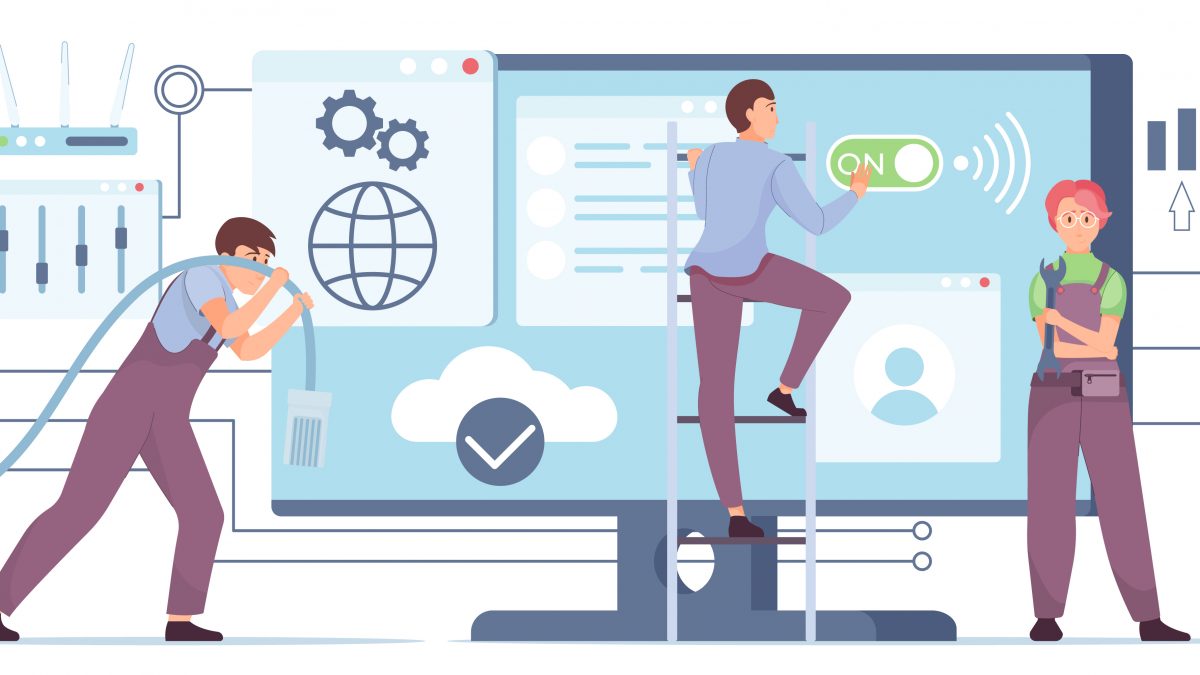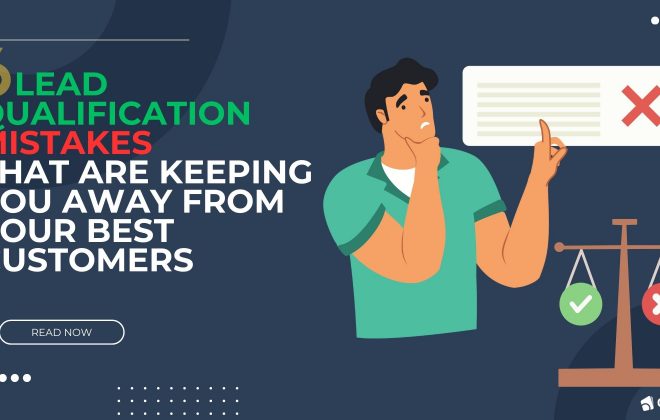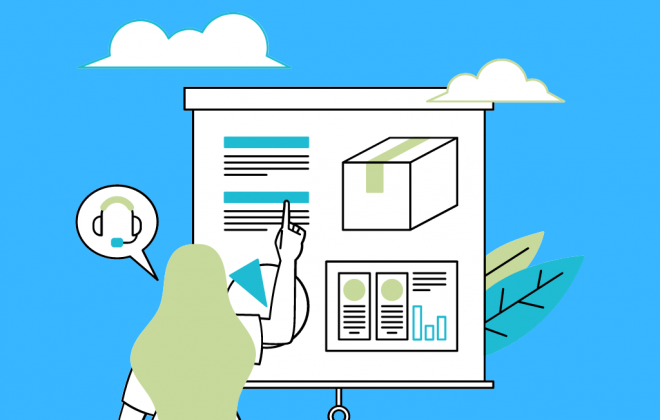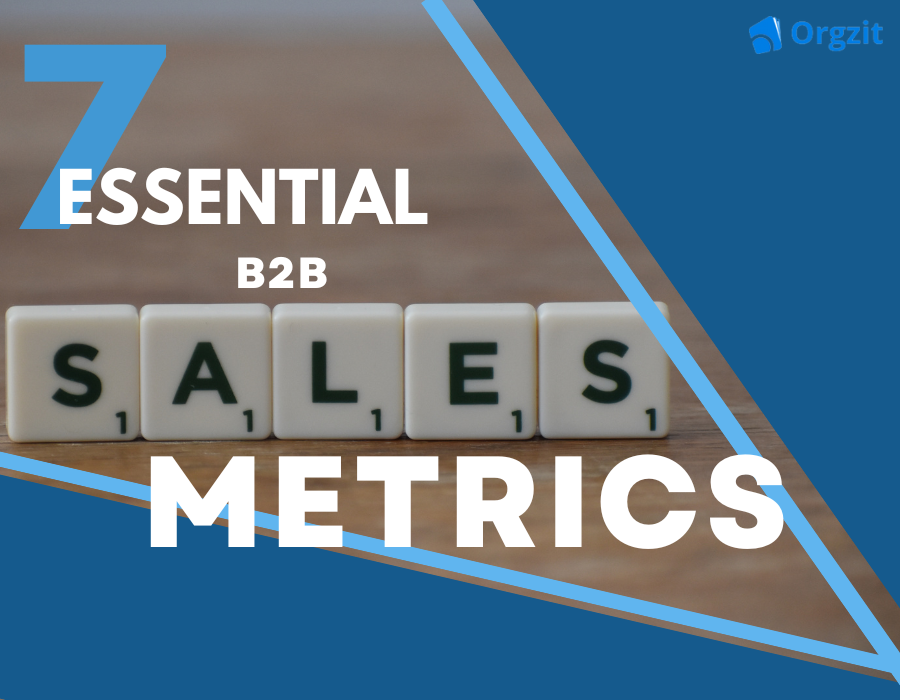Parameters for CRM Application—A Case Study of HVAC Workflow
As a business owner, you try to manually write up your invoices and estimates and send everything over and over, which absolutely frustrating for day-to-day and your customers haven’t been receiving them in their normal inbox, maybe it goes to their spam, and that is getting super annoying for you right!
That is where Customer Relationship Management (CRM) comes in. It is one of the most popular types of business software solutions, where–
- Your customer data is scattered all around–with CRM, everything is centralized whether you work alone or with a team of a hundred.
- Lack of visibility into your sales team–by using a CRM, every customer interaction can be tracked and monitored.
- Poor analyzing and reporting of data–with a CRM, you can create customizable reports based on relevant company information.
- Poor customer service operations–by using CRM, sales and support agents can have access to all the accurate customer information in one place, allowing them to respond on time.
CRM replaces less effective methods that use disparate apps such as spreadsheets, standalone databases, and email, making it accessible to multiple user groups within an organization. Let’s take a simple case study of the HVAC industry to better understand how CRM parameters are applicable in the HVAC industry.
What parameters are required in CRM for the HVAC industry?
An HVAC distribution company has to manage a workflow that involves the following steps:-
Inquiry and Assessment
- Potential customers contact the distributor to inquire about cooling/heating issues, installation requests, or maintenance needs.
- Technicians or sales representatives visit the specific customer who wants to assess the specific requirements and recommend suitable solutions for their problem.
Quote and Agreement
- Based on the assessment, the company provides a detailed quote outlining project details, equipment costs, labor charges, and timelines to the customer.
- Once the customer approves the quote, a formal agreement is signed for further responsibilities and expectations.
Procurement and Equipment
- Then, the company provides the necessary types of equipment (furnaces, AC units, ductwork, etc.) from each of the manufacturers or suppliers.
- After providing equipment permits and licenses required for specific installations, the company must ensure compliance.
Installation and Commissioning
- Trained technicians handle the installation according to customers’ expectations and industry standards with safety regulations.
- Once the system is operational, technicians test and calibrate it to ensure proper functioning and optimal performance is happening or not.
Maintenance and Service
- The company conducts regular maintenance for the system’s efficiency to prevent future problems.
- Accordingly, they offered maintenance plans or responded to individual service requests daily, including filter changes, system inspections, minor repairs, and troubleshooting performance issues.
Customer Support
- The company also provides customer support throughout the process, answering questions, addressing concerns, and ensuring satisfaction.
- This offers warranties, scheduling follow-up appointments, and handling any post-installation issues.
The four things that every HVAC distributor wants to achieve
The specific goals of an HVAC business will depend on its size, location, customer relationships, and unique strengths and priorities, where the HVAC distributor wants—
Build long-term relationships with existing customers
The main goal of HVAC distributors is to build long-term relationships with existing customers because existing customers are more likely to buy from them again and again, especially if they have had positive experiences in the past. They can also be a valuable source of referrals for new businesses.
Build more new customers with additional referrals from existing customers
Growing a customer base is essential for any business, and HVAC distributors eagerly want more referrals from their existing customers so that people are more likely to trust their service and recommend friends and family. This is the second main goal of an HVAC distributor.
Provide excellent customer service, prompt response times, and high-quality work
The next goal of the HVAC distributor is to provide excellent customer service that can turn one-time customers into loyal fans. It can also help you build a positive reputation in the community.
Increase brand recognition and reputation through positive customer experiences
A strong brand can help to differentiate from the competition and attract new customers. It can also command premium prices for products and services.
An HVAC distributor provides consistently excellent customer service to create a positive online presence through the website and social media so that their customer get involved in their community and sponsor local events.
How a CRM’s parameter can help in HVAC workflow?
A CRM system is guaranteed to benefit a company, no matter what industry it’s.
In terms of inquiry and assessment–
- Before CRM
- Inquiry handling is manual, relying on spreadsheets or paper records.
- Technicians lack immediate access to customer history during assessments.
- After CRM
- Customer inquiries are logged and tracked systematically.
- Technicians access a centralized CRM platform with customer history, facilitating informed assessments.
❌ Before CRM—The average response time for inquiries was 48 hours.
✔️ After CRM—The average response time reduced to 12 hours.
Result- Customer queries are resolved faster with quick responses, and the average time spent on each ticket is reduced by several hours. It becomes a benefit for both the customer and the company.
For quote and Agreement–
- Before CRM
- Quoting involves manual calculations that always lead to delays.
- Limited visibility into previous quotes and agreements.
- After CRM
- Automated quoting tools streamline the process.
- Historical data in CRM aids in creating accurate and timely quotes.
❌ Before CRM—The quote accuracy rate was 75%.
✔️ After CRM—Quote accuracy rate improved to 95%.
Result–Faster response times and automated quoting lead to more new customers being attracted through referrals from existing satisfied customers. This aligns with the goal of building more new customers with additional referrals.
In terms of scheduling and dispatching—
- Before CRM
- Manual scheduling causes delays and may lead to missed appointments.
- Dispatch relies on phone calls and paper-based systems.
- After CRM
- Automated scheduling optimizes technician dispatch.
- Real-time updates in CRM enhance coordination between office and field.
❌ Before CRM—the appointment reschedule rate was 15%.
✔️ After CRM–The appointment reschedule rate was reduced to 5%.
For customer communication-
- Before CRM
- Communication is sporadic and relies on manual follow-ups.
- Limited customer engagement and feedback mechanisms.
- After CRM
- Automated communication tools facilitate timely follow-ups.
- CRM captures customer feedback for continuous improvement.
❌ Before CRM —The customer satisfaction rating was 80%.
✔️ After CRM—The customer satisfaction rating increased to 92%.
Result–Customer queries are resolved faster with quick responses, and the average time spent on each ticket is reduced by several hours. This efficient service delivery contributes to the goal of providing excellent customer service.
In terms of Inventory Management—
- Before CRM
- Manual tracking of inventory, leading to stock outs or excess inventory.
- Technicians may lack real-time information on available parts.
- After CRM
- CRM includes inventory management features.
- Real-time tracking ensures optimal stock levels and reduces carrying costs.
❌ Before CRM—Stock out incidents per month 8.
✔️ After CRM—Stock out incidents were reduced to 2 per month.
For performance analytics—
- Before CRM
- Limited access to performance data hampers strategic decision-making.
- Evaluating operational efficiency is time-consuming.
- After CRM
- CRM provides robust analytics tools for performance measurement.
- Key metrics are easily accessible, aiding in data-driven decision-making.
❌ Before CRM—Average resolution time for service requests: 48 hours.
✔️ After CRM–The average resolution time improved to 24 hours.
Read here: How CAVH Corp (an HVAC industry) improves sales with Orgzit’s solutions.
Quantifiable Results and Metrics
Measurable outcomes from the implementation of CRM parameters–
| Metric | Measurement | Baseline | Target | Actual |
| Reduction in Response Time | Days | 2 | 1 | 1.5 |
| Service Downtime Reduction | % | 20 | 15 | 18 |
| Appointment Scheduling Efficiency | Hours | 4 | 2 | 3 |
| Customer Satisfaction Rating | Scale (1-10) | 7 | 8 | 8.5 |
| Net Promoter Score (NPS) | % | 25 | 30 | 28 |
| Issue Resolution Time | Hours | 48 | 24 | 36 |
| Lead Conversion Rate | % | 15 | 20 | 18 |
| Renewal Rate | % | 75 | 80 | 78 |
| Revenue per Service Call | $ | 200 | 250 | 220 |
Notable achievements in this table show a commendable reduction in response time from 2 to 1.5 days, efficient service downtime reduction of 18%, and enhanced appointment scheduling efficiency, meeting the target of 3 hours.
Customer satisfaction has also risen to 8.5 on a scale of 1-10, while the Net Promoter Score (NPS) is a robust 28%. Despite a slight increase in issue resolution time to 36 hours, the distributor has maintained competitive lead conversion rates and renewal rates and achieved a satisfactory revenue per service call at $220.
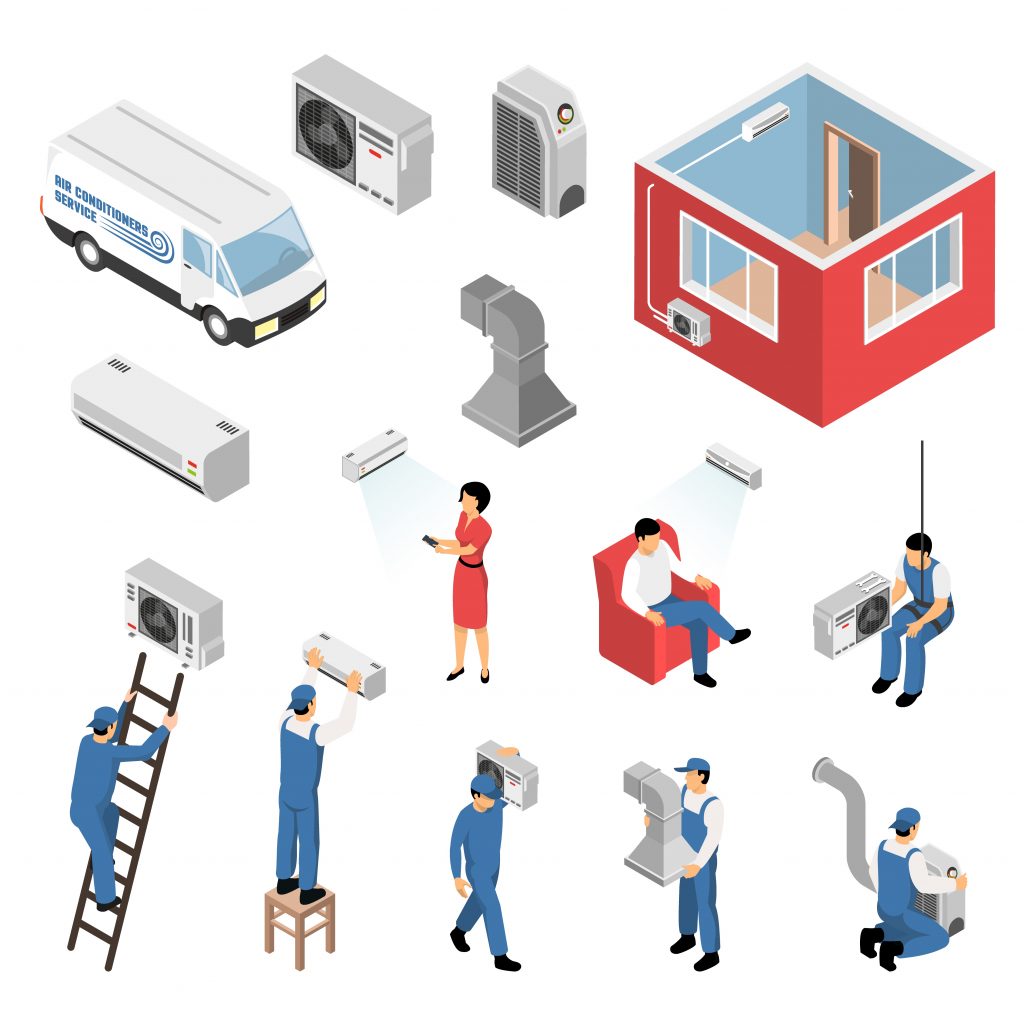

Conclusion
A mid-sized HVAC company with 10 technicians sees a 10% increase in customer retention due to improved service with CRM. This results in 1 additional service call per technician per week, generating an additional $500 per week in revenue. By the end of the year, this translates to a revenue increase of $260,000 from customer retention alone.
This is how a CRM parameter is applicable to different industries for their valuable business goals. To learn more about CRM application, its implementation, and how it can solve all your business problems, connect with us for a free demo session at orgzit.com/book-demo.
FAQs
CRM is crucial for HVAC businesses as it centralizes customer data, enhances sales team visibility, enables efficient data analysis, and improves customer service operations. It replaces less effective methods, ensuring a streamlined workflow and better customer experiences.
CRM facilitates quick response times, efficient ticket resolution, and personalized interactions, contributing to enhanced customer satisfaction. Satisfied customers are more likely to become repeat buyers and valuable referral sources.
Yes, CRM’s automated quoting and communication tools contribute to faster response times and accurate quoting. This efficiency attracts new customers through referrals from satisfied existing customers, aligning with the distributor’s goal.
CRM ensures that sales and support agents have access to accurate customer information in one place, facilitating timely responses and personalized service. This contributes to the goal of providing excellent customer service and building a positive reputation.


